A cornerstone of the cultural identity of the Bel Paese, the bar is much more than the simple place where espresso is dispensed in a cup. In a very difficult moment for our social life, we retrace its history and design characteristics.
“Na tazzulella ‘e cafè”, “croissant and hood”, “macchiato with brioche”: the dialectal variation does not affect the imperturbable bond that Italian has with the bar, an authentic and shared generator, perhaps even more than football, of identification national. A mythology, a cult that is not only appetite, but also the exquisitely architectural confirmation of how the consumption of any food or drink is never disconnected from the aesthetics, proxemics and rituals of the place that hosts it, in a very close connection between instances of project and immaterial culture.

There are multiple hypotheses regarding the origin and etymology of the Italian bar which do not hesitate to bother the Romans with their restaurant taberna, one of the first commercial activities to anchor itself in a specific place, open onto the road, to provide food to travellers. Another suggestive note, the one that reads the word “bar” as an acronym for “Banco a Ristoro”: not only comfort food, therefore, but also a counter, furniture and a physical demarcation line that marks the space longitudinally, separating in a clear and unequivocal manner the place of the shopkeepers from that occupied by the customers. What is certain is that to wait for the coffee to arrive – protagonist, or sidekick? of this indissoluble duo – it will be necessary to wait for the intermediation of the Ottomans, who together with the Siege of Vienna will bring the cezve jug to Europe in the 16th century and with it the habit of an elixir and exciting drink, looked at with suspicion by the Popes but finally cleared through customs by virtue of the intensity of a taste and aroma capable of garnering transversal consensus and dependence.
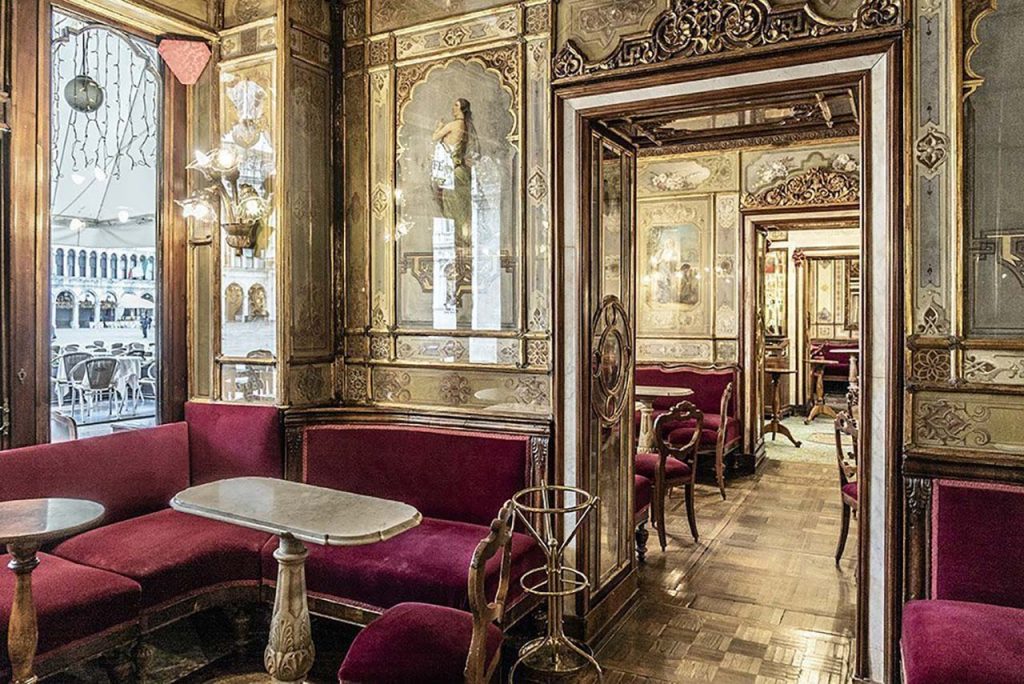
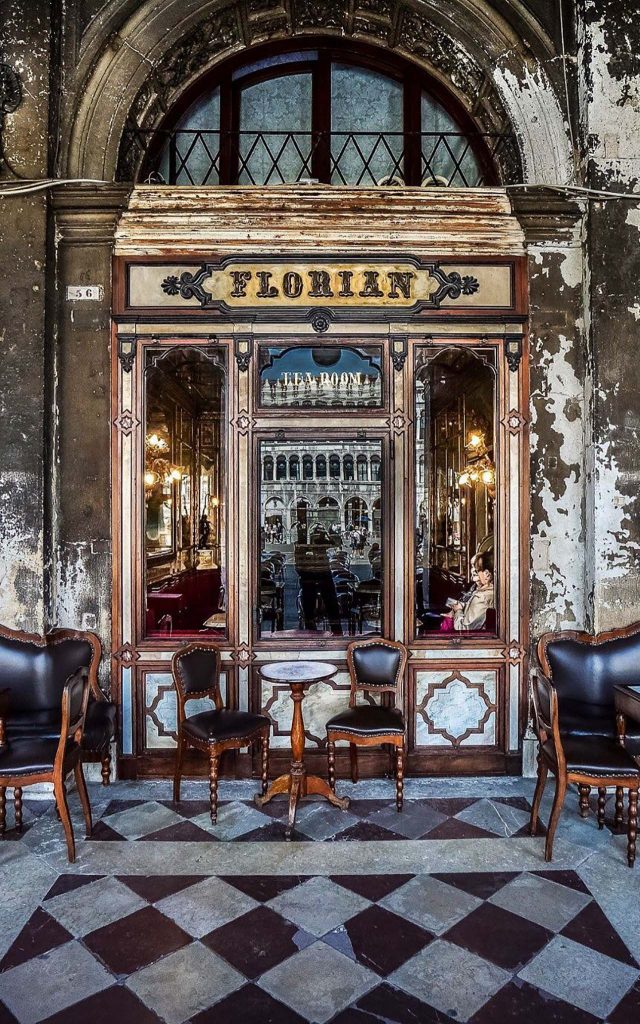


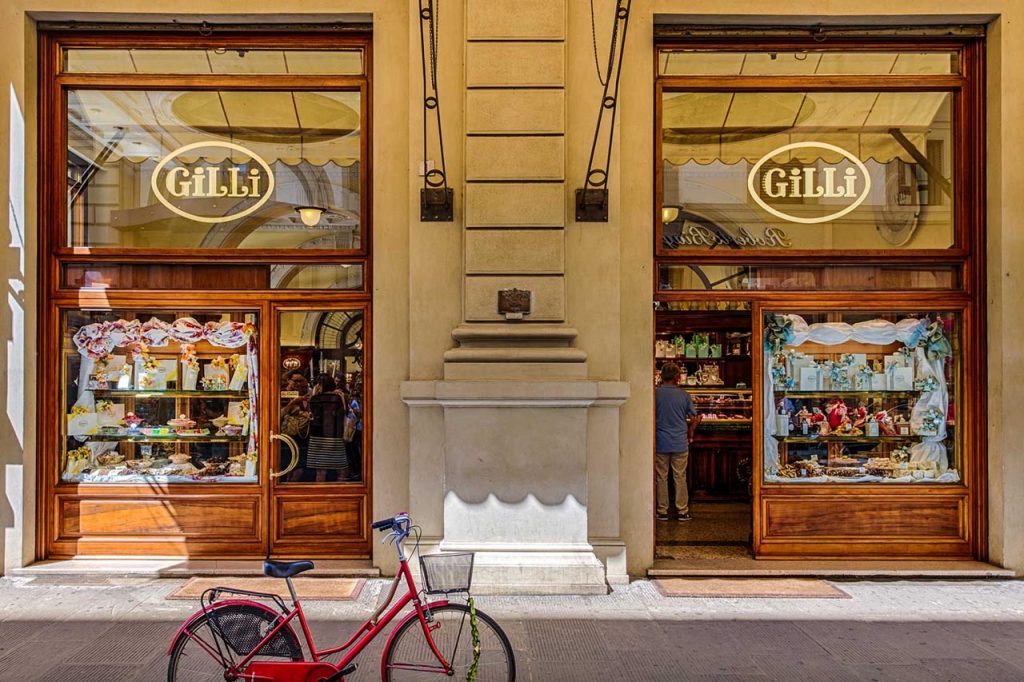
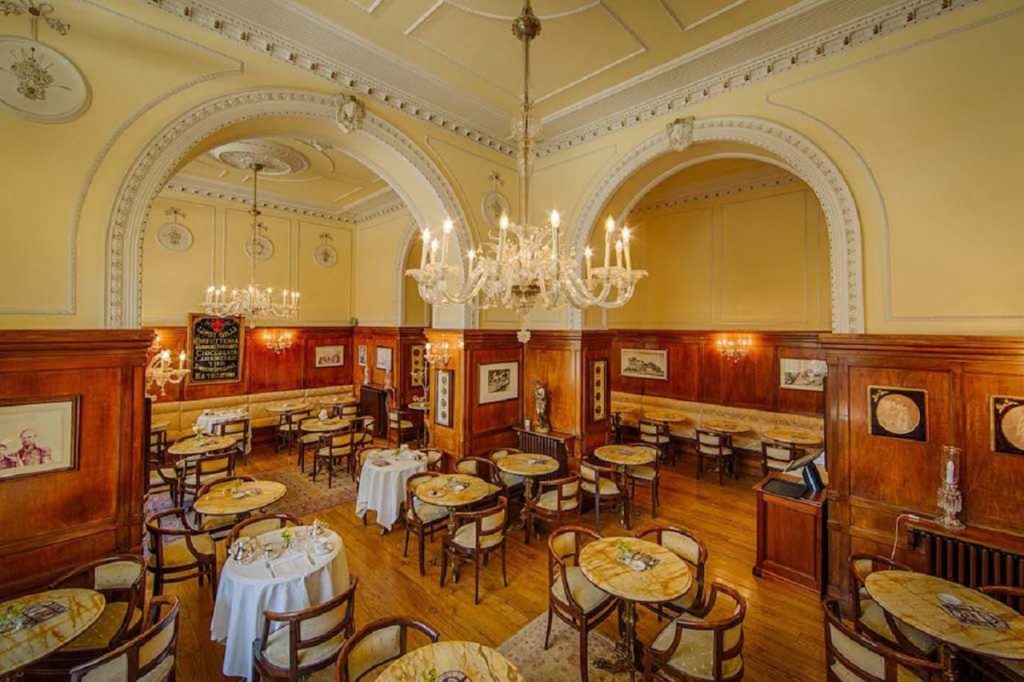
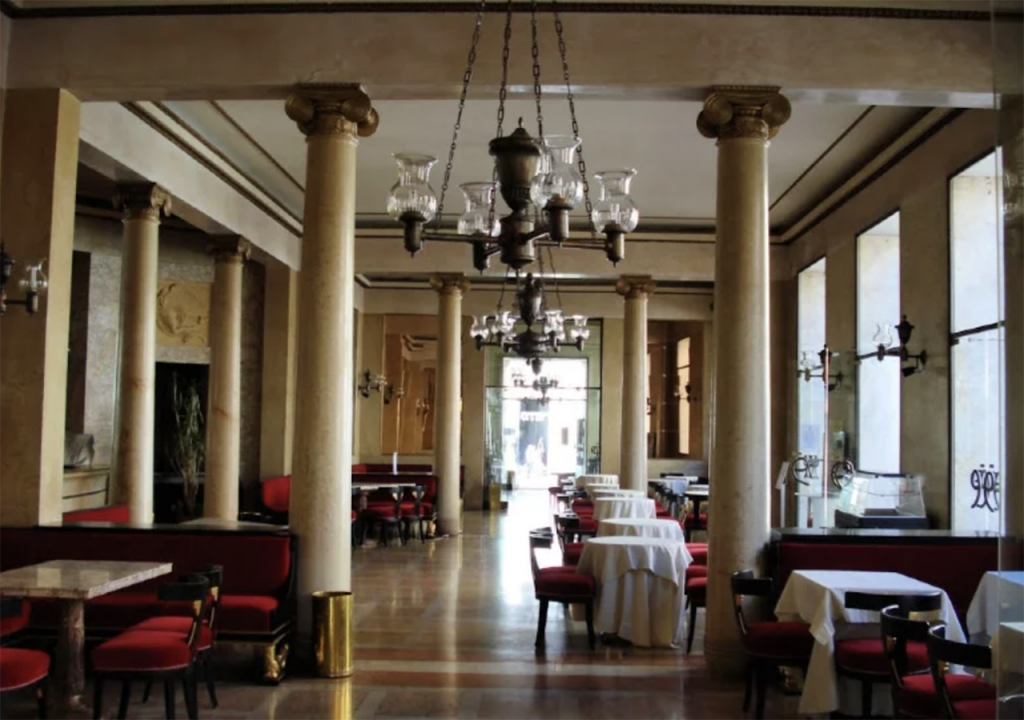
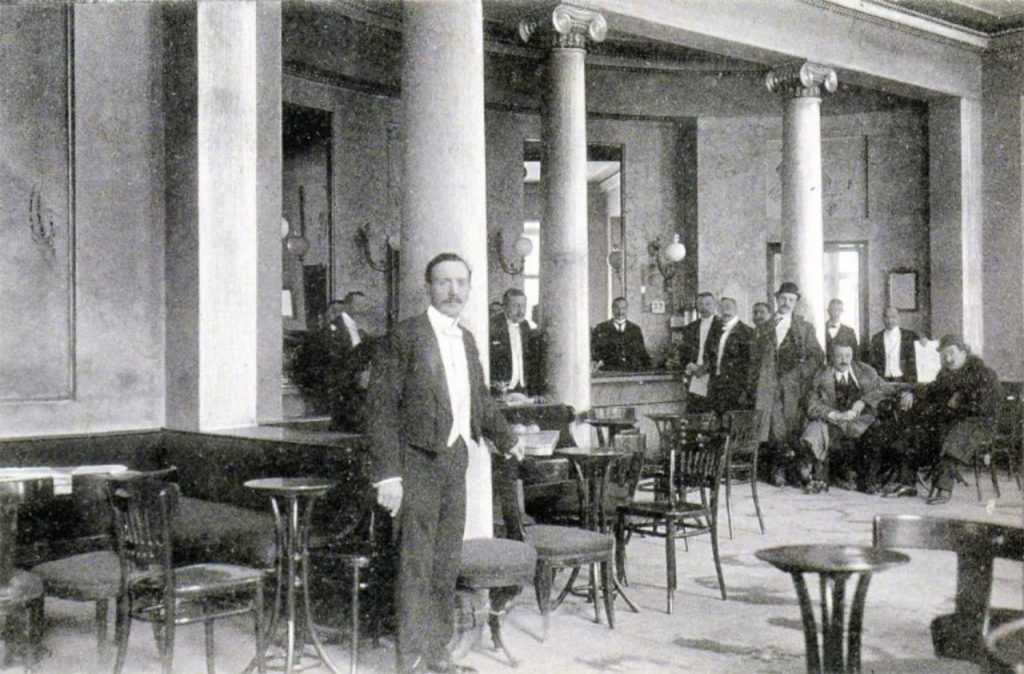
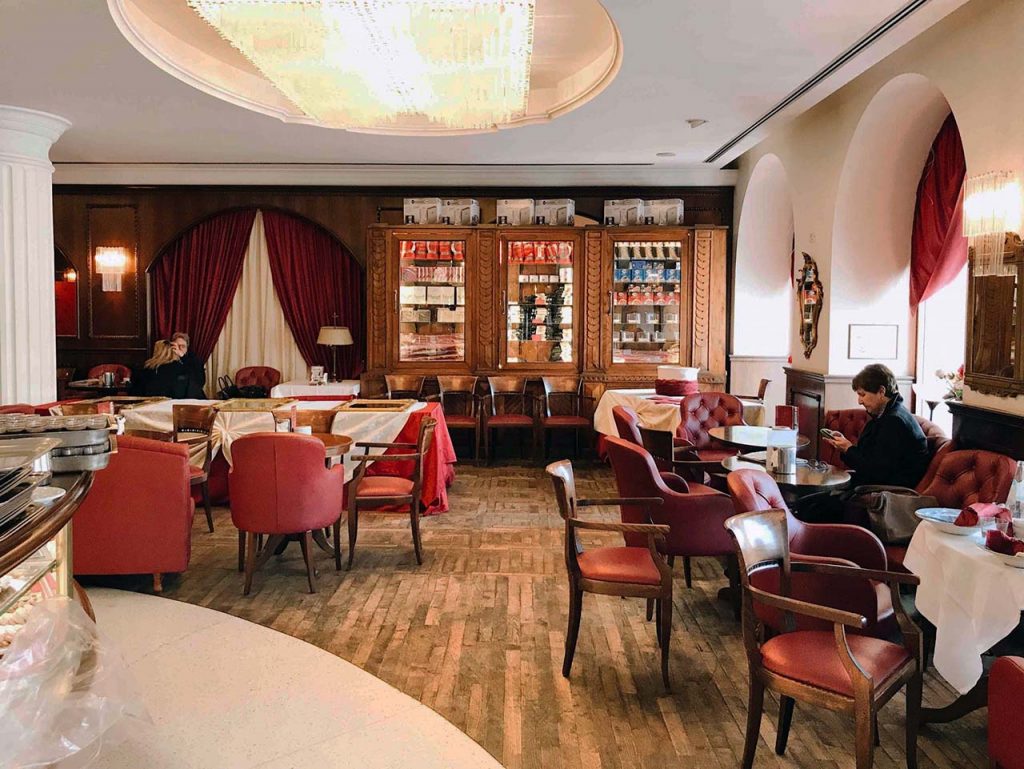
In Italy, the openings of the first cafés followed one another during the 18th century: the Caffè Florian in Venice (1720), the Pedrocchi in Padua (1722), Gilli in Florence (1733), the Antico Caffè Greco in Rome (1760) , Al Bicerin in Turin (1763) and then again the Caffè degli Specchi in Trieste (1837) and the Gran Caffè Gambrinus (1860), which today celebrates 150 years since its opening, unfortunately reporting the risk of closure due to the effects of the pandemic, they all established themselves as meeting places of aristocratic and intellectual life, also welcoming into their spatial scenography the transition to the revolution of iron and steam with the first, magnificent coffee machines which at the beginning of the twentieth century occupied the central space of the counter, staging the fascination and reverence for nascent industrialization.
But it was always during the twentieth century, and in particular after the two world wars, that the bar supplanted the café as a place, establishing itself as a meeting place that was less monumental but authentically popular, democratic and widespread. From coffee, the bar recovers the watershed of the counter, however, adapting it to a less large and often long space. No longer L- and U-shaped but now also present as a small straight line, the counter is formalized through a series of furnishings that corroborate its functionality and efficiency in the speed of performance: because unlike foreign counterparts, never the Italian-style bars have lost the habit of drinking a cup standing, often elbow to elbow with other customers, in front of an omnipotent bartender – also thanks to the slightly raised platform on which he moves – of which no other European nation has ever known imitate the speed of execution.
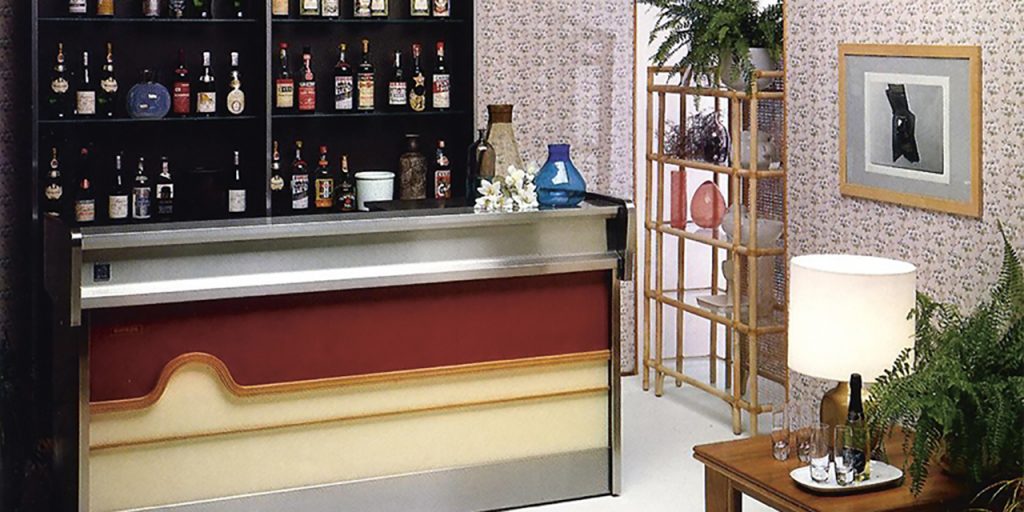
It is therefore to accommodate the optimization of gestures through the space that behind the counter and under the counter are gradually equipped with shelves for alcohol, risers and therefore retractable refrigerators and air-conditioned display cases for pastries and savory products. And it is always around these spatial constants, integrated by the tables – in the most humble cases of the small support surfaces fixed to the wall – that the materials mark the evolution of the aesthetics of the bars during the twentieth century, expressing the technological run-up of a century which, from the predominance of marble, mirrors and brass – or even wood, marble and iron for the poorest creations – passes seamlessly to the experimentation of formica, aluminum and laminates. The story of the twentieth century bar is also an inevitable passing of the baton between craftsmanship and industrial standardization: we recall in this title IFI, an Italian company twice Compasso d’Oro (2014 with Bellevue Panorama® by Marc Sadler, 2018 with PopApp by the R&D Department, Honorable Mention also in 2018 to Colonna di Giulio Iacchetti) who was the first to launch the industrial bar counter in 1968, codifying its modular nature for the benefit of a greater possibility of diffusion.
A place of the soul even before the senses, a furtive accomplice of early wake-ups, stirrup glasses or casual conversations with strangers, the Italian bar has not faded its aura even on the occasion of the descent into Italy of the first American bars or coworking cafe. Of course, it is perhaps with a certain languor that today we remember him at his best in the many timeless incarnations that still dot Italy, perhaps the provincial one; which is what, by playing with the marketing of memory, those projects do today which exploit vintage and give life to infinite replicas of cement tiles that are far worse than the original. Yet, beyond the nostalgic impulse, the recent projects which, aware of this identity background, update the bar in the light of our times, giving it new luster, give food for thought. Think of the recent renovation of the Caffè Farnese in Rome, which updates the idea of a small but bourgeois bar through a dense and timeless color palette, or the many pop-up bars that appeared during the design weeks, which play on the scenography to the detriment, often, of the quality of the service (and here comes to mind the inimitable Bar Basso, a cocktail bar so dear to the design community that remains an original better than any replica).
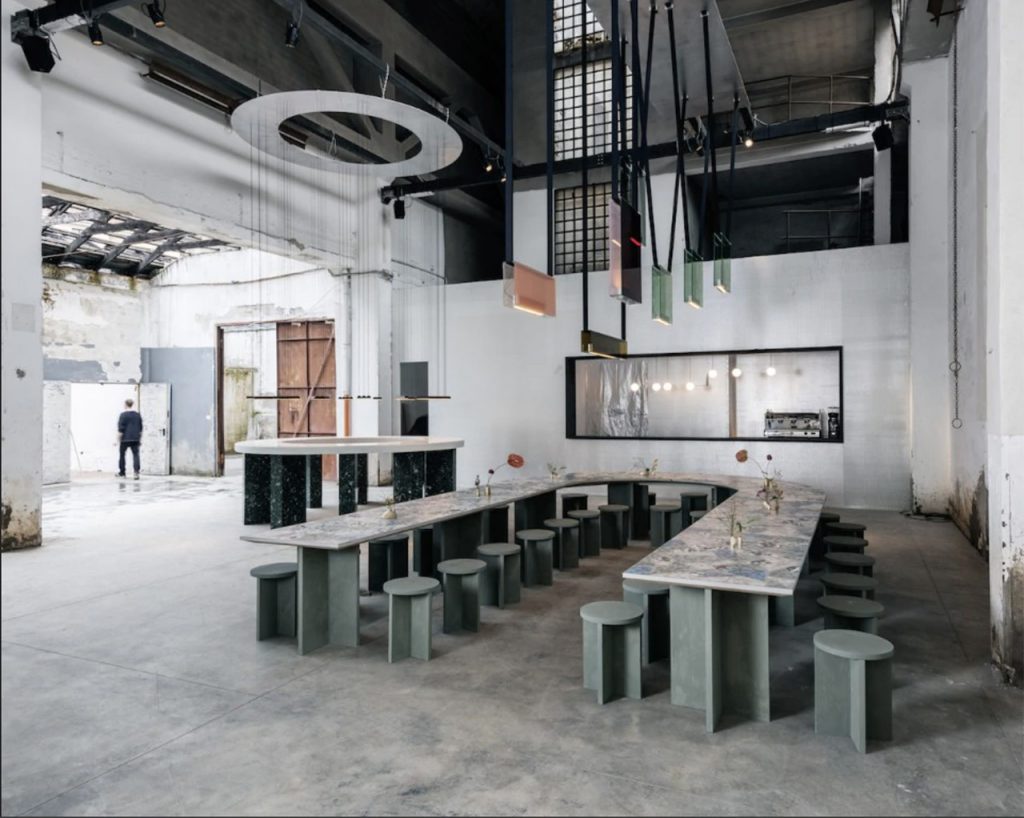
Will the bar of tomorrow change its skin again? We would like to bet that technology will redefine its characteristics, perhaps making it mobile, interactive, equipped with intelligent materials – perhaps, given the period, sanitized – and, who knows, perhaps more attentive to the nutritional balance of its menu. Are these reasons to rethink the emotional bond? Not as long as there is a counter, a bartender, and the sound of a na tazzulella ‘e cafè placed on the saucer.
Published on Domusweb on 30 October 2020. All rights reserved.
